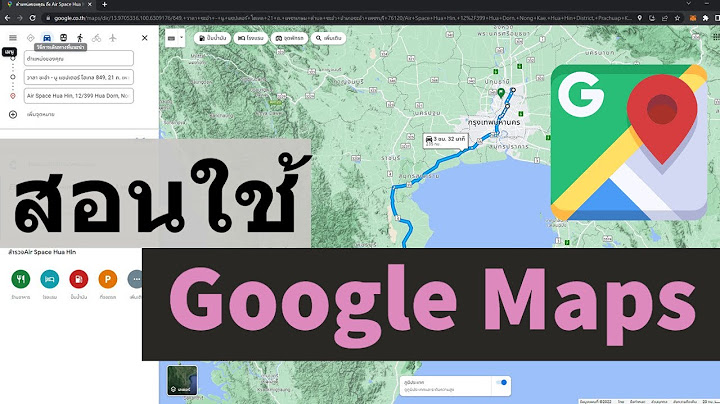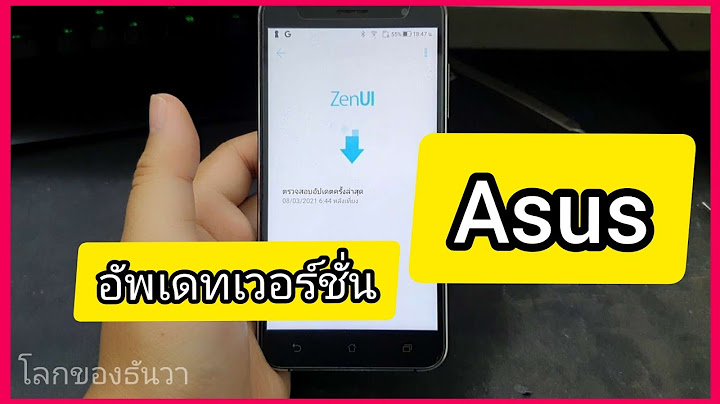อินเทอร์เน็ตของสรรพสิ่งจากวิกิพีเดีย สารานุกรมเสรี  "อินเทอร์เน็ตของสรรพสิ่ง" เชื่อมต่ออุปกรณ์และพาหนะด้วยเซ็นเซอร์อิเล็กทรอนิกส์และอินเทอร์เน็ต อินเทอร์เน็ตของสรรพสิ่ง (อังกฤษ: Internet of Things) หรือ ไอโอที (IoT) หมายถึงเครือข่ายของวัตถุ อุปกรณ์ พาหนะ สิ่งปลูกสร้าง และสิ่งของอื่นๆ ที่มีวงจรอิเล็กทรอนิกส์ ซอฟต์แวร์ เซ็นเซอร์ และการเชื่อมต่อกับเครือข่าย ฝังตัวอยู่ และทำให้วัตถุเหล่านั้นสามารถเก็บบันทึกและแลกเปลี่ยนข้อมูลได้[1] อินเทอร์เน็ตของสรรพสิ่งทำให้วัตถุสามารถรับรู้สภาพแวดล้อมและถูกควบคุมได้จากระยะไกลผ่านโครงสร้างพื้นฐานเครือข่ายที่มีอยู่แล้ว[2] ทำให้เราสามารถผสานโลกกายภาพกับระบบคอมพิวเตอร์ได้แนบแน่นมากขึ้น ผลที่ตามมาคือประสิทธิภาพ ความแม่นยำ และประโยชน์ทางเศรษฐกิจที่เพิ่มมากขึ้น[3][4][5][6][7][8] เมื่อ IoT ถูกเสริมด้วยเซ็นเซอร์และแอคชูเอเตอร์ซึ่งสามารถเปลี่ยนลักษณะทางกลได้ตามการกระตุ้น ก็จะกลายเป็นระบบที่ถูกจัดประเภทโดยทั่วไปว่าระบบไซเบอร์-กายภาพ (cyber-physical system) ซึ่งรวมถึงเทคโนโลยีอย่าง กริดไฟฟ้าอัจริยะ (สมาร์ตกริด) บ้านอัจฉริยะ (สมาร์ตโฮม) ระบบขนส่งอัจฉริยะ (อินเทลลิเจนต์ทรานสปอร์ต) และเมืองอัจฉริยะ (สมาร์ตซิตี้) วัตถุแต่ละชิ้นสามารถถูกระบุได้โดยไม่ซ้ำกันผ่านระบบคอมพิวเตอร์ฝังตัว และสามารถทำงานร่วมกันได้บนโครงสร้างพื้นฐานอินเทอร์เน็ตที่มีอยู่แล้วในปัจจุบัน ผู้เชี่ยวชาญประเมินว่าเครือข่ายของสรรพสิ่งจะมีวัตถุเกือบ 50,000 ล้านชิ้นภายในปี 2020[9] มูลค่าตลาดคาดการณ์ไว้ที่ 80 พันล้านเหรียญ[10] "สรรพสิ่ง" ในความหมายของ IoT สามารถหมายถึงอุปกรณ์ที่แตกต่างหลากหลาย เช่น อุปกรณ์วัดอัตราหัวใจแบบฝังในร่างกาย แท็กไบโอชิปที่ติดกับปศุสัตว์ ยานยนต์ที่มีเซ็นเซอร์ในตัว อุปกรณ์วิเคราะห์ดีเอ็นเอในสิ่งแวดล้อมหรืออาหาร[11] หรืออุปกรณ์ภาคสนามที่ช่วยในการทำงานของนักผจญเพลิงในภารกิจค้นหาและช่วยเหลือ[12] อุปกรณ์เหล่านี้จะจัดเก็บข้อมูลที่เป็นประโยชน์ด้วยการใช้เทคโนโลยีหลากหลายชนิดและจากส่งต่อข้อมูลระหว่างอุปกรณ์อื่นๆ โดยอัตโนมัติ[13][14] ตัวอย่างในตลาดขณะนี้ เช่น เทอร์โมสตัตอัจฉริยะ และเครื่องซักผ้า-อบผ้าที่ต่อกับเครือข่ายไวไฟเพื่อให้สามารถดูสถานะจากระยะไกลได้ รายการต่อไปนี้แสดงรายชื่อประเทศตามจำนวนอุปกรณ์อินเทอร์เน็ตของสรรพสิ่งที่ออนไลน์อยู่ ต่อประชากร 100 คน ตามที่เผยแพร่โดย OECD ในปี 2015[15]
อ้างอิง[แก้]
อ่านเพิ่ม[แก้]
แหล่งข้อมูลอื่น[แก้]
|

กระทู้ที่เกี่ยวข้อง
การโฆษณา
ข่าวล่าสุด
การโฆษณา
ผู้มีอำนาจ
การโฆษณา
ถูกกฎหมาย
ช่วย

ลิขสิทธิ์ © 2024 th.ketiadaan Inc.
























